 On December 5, 1864, President Lincoln, with Mrs. Lincoln, Secretary of State Seward, and Secretaries Nicolay and Hay, attends Grover’s Theatre for a performance of Charles Gounod’s Faust performed by the Grand German Opera Company.
On December 5, 1864, President Lincoln, with Mrs. Lincoln, Secretary of State Seward, and Secretaries Nicolay and Hay, attends Grover’s Theatre for a performance of Charles Gounod’s Faust performed by the Grand German Opera Company.
Abraham Lincoln had a particular affinity for the fable of Faust. The Faust of German legend is an intellectual scholar, highly successful but rather bored and dissatisfied with his life. He falls into melancholia and, in a bout of severe depression, tries unsuccessfully to take his own life. Failing in that, he begs the Devil to give him “magical powers with which he can indulge in all the pleasure and knowledge of the world.” Being a shrewd bargainer, the Devil appears in the form of Mephistopheles to serve Faust with his powers for a set number of years, after which Faust must give up his soul to eternal damnation.
Hardly a light day at the office.
Most people know that Lincoln was also prone to bouts of melancholy, and on one occasion his depression got so deep that his friends put him on 24-hour suicide watch. But most people do not know that Lincoln, who was not himself able to play music, was still a lover of music played by others. He liked much of the popular music of the day – ballads, jocular minstrel songs, and even the song Dixie. He also enjoyed opera, and one of his favorite songs was the soldier’s chorus in Charles Gounod’s operatic version of Faust. Gounod’s opera is based on the two-part tragic play written by Johann Wolfgang von Goethe, considered by many to be one of the greatest works of German literature.
Interestingly, the legend of Faust has come to mean people giving up their integrity to ambition in order to achieve undue power and success for some defined period of time. That hardly describes Lincoln given his long history of integrity – he had been given the nickname Honest Abe at a relatively young age. More likely Lincoln was attracted to Faust both for the quality of the opera and to garner some insight into the machinations of his overly ambitious Generals and Salmon P. Chase, the Secretary of the Treasury who worked behind Lincoln’s back in an attempt to replace him as the 1864 nominee for President.
Lincoln is said to have dealt with the grief of his son Willie’s death in the White House in 1862 by borrowing a copy of Goethe’s Faust from the Library of Congress. The main character’s trials may have helped Lincoln cope with his own great loss. The original play is written largely in rhymed verse – an epic lyrical poem – in Goethe’s native German. Lincoln obviously would have read an English translation.
Nikola Tesla, the famed Serbian-American inventor, on the other hand, read Goethe’s Faust in its original language; he could speak eight languages fluently. More on that in my e-book, Abraham Lincoln & Nikola Tesla: Connected by Fate.
[Photo: By Anton Kaulbach – This file was derived from: Anton Kaulbach Faust und Mephisto.jpg:, Public Domain, https://commons.wikimedia.org/w/index.php?curid=74580425]

Lincoln: The Fire of Genius: How Abraham Lincoln’s Commitment to Science and Technology Helped Modernize America is available at booksellers nationwide.
Limited signed copies are available via this website. The book also listed on Goodreads, the database where I keep track of my reading. Click on the “Want to Read” button to put it on your reading list. Please leave a review on Goodreads and Amazon if you like the book.
You also follow my author page on Facebook.
David J. Kent is President of the Lincoln Group of DC and the author of Lincoln: The Fire of Genius: How Abraham Lincoln’s Commitment to Science and Technology Helped Modernize America and Lincoln: The Man Who Saved America.
His previous books include Tesla: The Wizard of Electricity and Edison: The Inventor of the Modern World and two specialty e-books: Nikola Tesla: Renewable Energy Ahead of Its Time and Abraham Lincoln and Nikola Tesla: Connected by Fate.



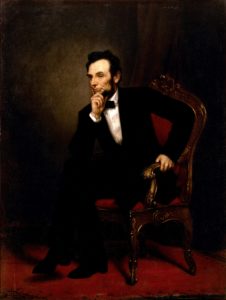 Abraham Lincoln and the Devil? That’s a connection most people wouldn’t easily make, but did you know that Abraham Lincoln had a particular affinity for the fable of Faust?
Abraham Lincoln and the Devil? That’s a connection most people wouldn’t easily make, but did you know that Abraham Lincoln had a particular affinity for the fable of Faust? Samuel Clemens, known to most of us by his pseudonym Mark Twain, was born in Hannibal, Missouri on November 30, 1835, shortly after Halley’s Comet had made its regular but rare pass by the Earth. The 26-year-old Abraham Lincoln – an amateur astronomy buff who two years earlier had marveled at the Leonid meteor showers – may very well have been gazing at the skies when Mark Twain came into this world. At that age Lincoln lived in New Salem, Illinois, just a stone’s throw across the Mississippi River from Hannibal. In 1859, Lincoln rode the Hannibal and St. Joseph Railroad to give a speech in Council Bluffs, Iowa. The railroad just happened to be formed in the office of Mark Twain’s father thirteen years before.
Samuel Clemens, known to most of us by his pseudonym Mark Twain, was born in Hannibal, Missouri on November 30, 1835, shortly after Halley’s Comet had made its regular but rare pass by the Earth. The 26-year-old Abraham Lincoln – an amateur astronomy buff who two years earlier had marveled at the Leonid meteor showers – may very well have been gazing at the skies when Mark Twain came into this world. At that age Lincoln lived in New Salem, Illinois, just a stone’s throw across the Mississippi River from Hannibal. In 1859, Lincoln rode the Hannibal and St. Joseph Railroad to give a speech in Council Bluffs, Iowa. The railroad just happened to be formed in the office of Mark Twain’s father thirteen years before.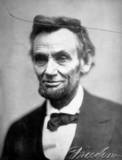 Lincoln floated flatboats down the Mississippi River to New Orleans as a young adult, then took steamboats back upriver. He often piloted steamboats around shoals near his New Salem home. Mark Twain had worked on steamboats on the river for much of his younger years, first as a deckhand and then as a pilot. Being a riverboat pilot gave him his pen name; “mark twain” is “the leadsman’s cry for a measured river depth of two fathoms (12 feet), which was safe water for a steamboat.” In 1883 Twain even titled his memoir, Life on the Mississippi. As we have already seen, Lincoln’s time traveling on and piloting steamboats eventually inspired his patent for lifting boats over shoals and obstructions on the river.
Lincoln floated flatboats down the Mississippi River to New Orleans as a young adult, then took steamboats back upriver. He often piloted steamboats around shoals near his New Salem home. Mark Twain had worked on steamboats on the river for much of his younger years, first as a deckhand and then as a pilot. Being a riverboat pilot gave him his pen name; “mark twain” is “the leadsman’s cry for a measured river depth of two fathoms (12 feet), which was safe water for a steamboat.” In 1883 Twain even titled his memoir, Life on the Mississippi. As we have already seen, Lincoln’s time traveling on and piloting steamboats eventually inspired his patent for lifting boats over shoals and obstructions on the river. Several times in 1858 Lincoln delivered a lecture he called “Discoveries and Inventions.” Not a particularly successful lecture – the fragments we have remaining suggest it was a bit rambling and lacking in his later eloquence – it presented what was essentially the “American System” of economics based on continuing intellectual and technological improvements.
Several times in 1858 Lincoln delivered a lecture he called “Discoveries and Inventions.” Not a particularly successful lecture – the fragments we have remaining suggest it was a bit rambling and lacking in his later eloquence – it presented what was essentially the “American System” of economics based on continuing intellectual and technological improvements.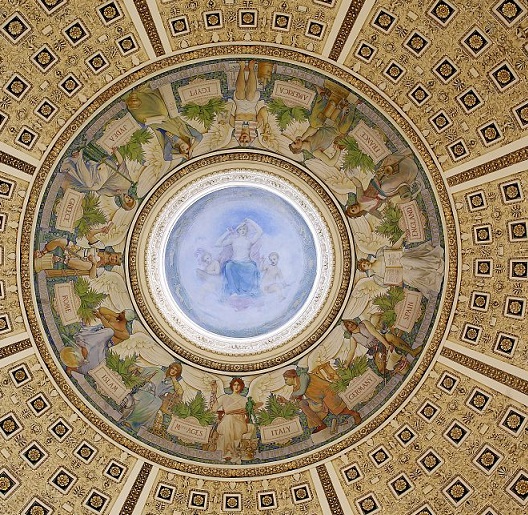
 According to the Library of Congress’s Abraham Lincoln and Civil War expert Michelle Krowl, and quoting from the book On These Walls: Inscriptions & Quotations in the Library of Congress
According to the Library of Congress’s Abraham Lincoln and Civil War expert Michelle Krowl, and quoting from the book On These Walls: Inscriptions & Quotations in the Library of Congress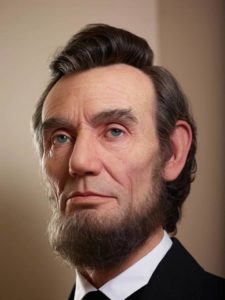 No one would mistake Abraham Lincoln for an artist, though scholars give him high marks on his writing. Long before there were speechwriters, politicians wrote their own material, and Lincoln is well known for such memorable speeches as the Gettysburg and Second Inaugural Addresses. He was also a great letter writer, often crafting policy positions in the form of “private” letters that were, in fact, intended for public consumption. His response to New York Tribune editor Horace Greeley, for example, in which he states his position on emancipation of the slaves, thus preparing the public for the proclamation that he had already prepared but not yet revealed, is a classic of historical writing.
No one would mistake Abraham Lincoln for an artist, though scholars give him high marks on his writing. Long before there were speechwriters, politicians wrote their own material, and Lincoln is well known for such memorable speeches as the Gettysburg and Second Inaugural Addresses. He was also a great letter writer, often crafting policy positions in the form of “private” letters that were, in fact, intended for public consumption. His response to New York Tribune editor Horace Greeley, for example, in which he states his position on emancipation of the slaves, thus preparing the public for the proclamation that he had already prepared but not yet revealed, is a classic of historical writing.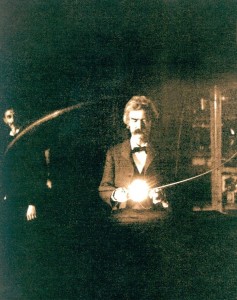



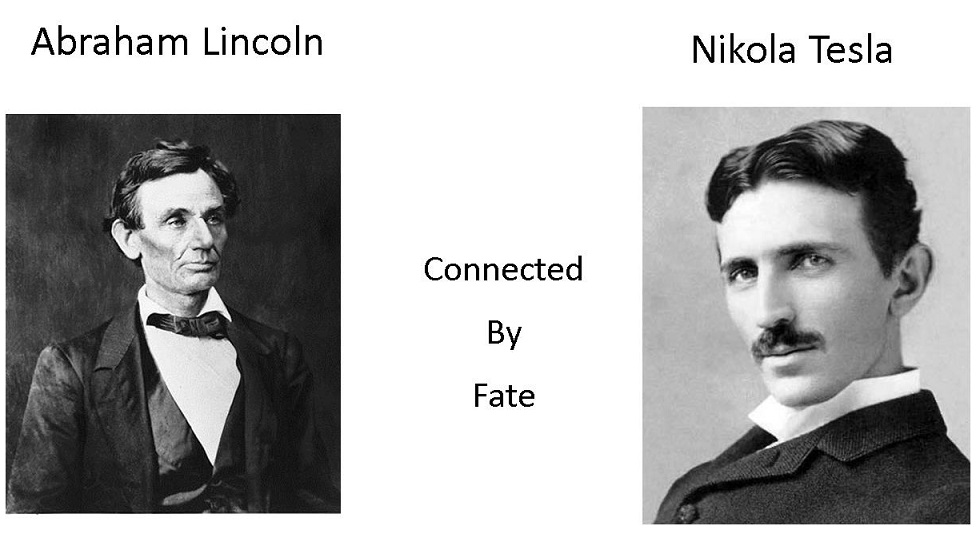
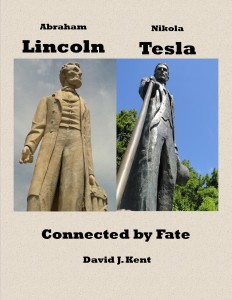
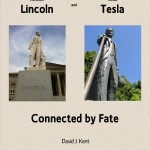 As I’ve mentioned before,
As I’ve mentioned before, 






